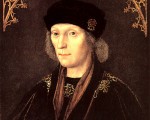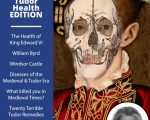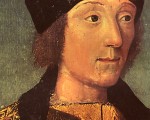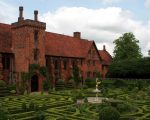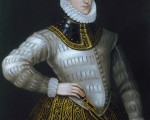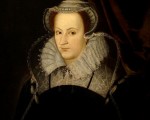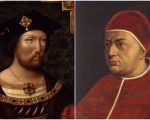
31 October:
1494 – Henry VII’s son, Henry (the future Henry VIII), was created Duke of York.
1517 – Martin Luther wrote to Albert, Archbishop of Mainz, and the Bishop of Brandenburg protesting against the sale of indulgences and sending them a copy of The Ninety-Five Theses (proper title: Disputation of Martin Luther on the Power and Efficacy of Indulgences).
According to Philipp Melancthon, “Luther, burning with passion and just devoutness, posted the Ninety-Five Theses at the Castle Church in Wittenberg, Germany at All Saints Eve, October 31”, rather than sending them in a letter, but no other contemporary source supports this.



